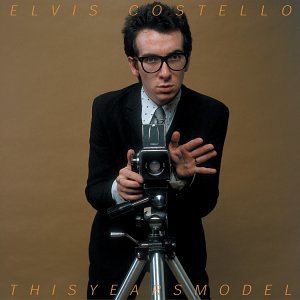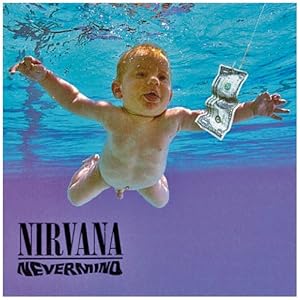
Going to the University of Minnesota in the early- to mid-1980’s meant that I had a front row seat to the “Golden Age” of the local music scene. Any day of the week you could easily see the Suburbs, Soul Asylum, Husker Du, The Phones, The Wallets, heck sometimes even Prince, and a host of other great bands that have slipped into the mists of time. However my personal favorite was by far The Replacements, a band that I easily saw more than 50 times. The album that put the Replacements head and shoulders above all the rest was Let it Be.
From the iconoclastic Beatles-esque title, to the cover of Paul, Bob, Tommy, and Chris sitting on the roof of a porch of a typical SW Minneapolis home, to the snarky song about MTV, the album perfectly captures the feel and sense of 1984. What is great about this album, however, is its timelessness. Even though I couldn’t imagine this album being recorded at any time other than 1984, the album doesn’t feel dated some 27 years later.
The album kicks off with I Will Dare which was easily the Replacements biggest hit and most accessible song. Through this song, a lot more people were brought into the Replacement’s fold and, like Pretenders, helped with the ladies as you could play this Replacements song and not clear the dance floor (important when you are in college!).
The following three songs, Favorite Thing, We’re Coming Out, and Tommy Got His Tonsils Out were classic Replacements rockers full of Bob’s furious guitar work and Paul’s smart assy lyrics. Androgynous is a switch as a piano-led, slower tempo song. It was right before Let It Be came out that Paul was hanging out with Peter Buck of REM (That’s Buck's mandolin playing on I Will Dare) and we saw them once running around at First Avenue with eye liner. Needless to say that my friend Pete and I used eyeliner a lot that summer when we went out.
Black Diamond was the first cover recorded by the Replacements and it was perfect as they played the song straight but in an “ironic”way so that anyone in the know would get the joke. Seen Your Video, with its three lines (Seen your video/it’s phony rock and roll/we don’t want to know) was also spot-on as by this time MTV had been taken over by slick, expensively-produced videos usually from fey English bands that didn’t have room for guitars. Finally I think Gary’s Got a Boner would be considered a classic rock and roll song if it wasn’t for its goofy subject matter.
The songs Unsatisfied and 16 Blue were probably the most lauded songs and really shone a spotlight on Paul’s song maturing writing skills. Even though I was 21 at the time, I wasn’t that too far removed from 16 and understood 16 Blue's significance completely. The Replacements were playing these songs live for a few months prior to the release of the album and at that time we knew that their next album was going to be something special.
Let It Be really demonstrated what the Replacements were and could be. It was an exciting time as it appeared that they were on their way to superstardom. Unfortunately they were about 10 years too early. If this album had been released in 1994, they would have been bigger than Nirvana. This album some kicked off what some consider the Holy Trinity of Replacements’ albums: Let It Be, Tim, and Pleased to Meet Me. Many consider Tim the definitive album, and I respect that opinion but for meaning and musical enjoyment, Let It Be will always be one of my fave’ things.








